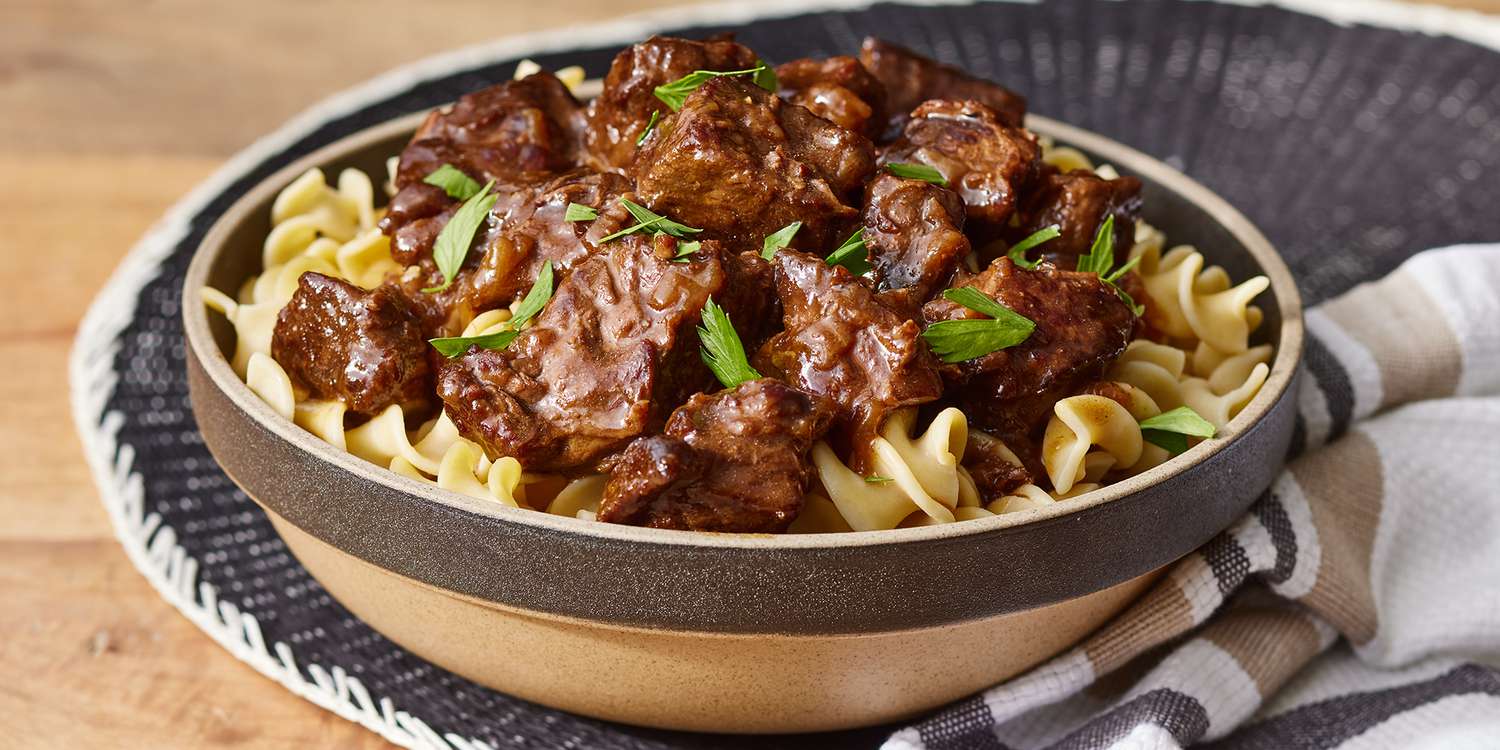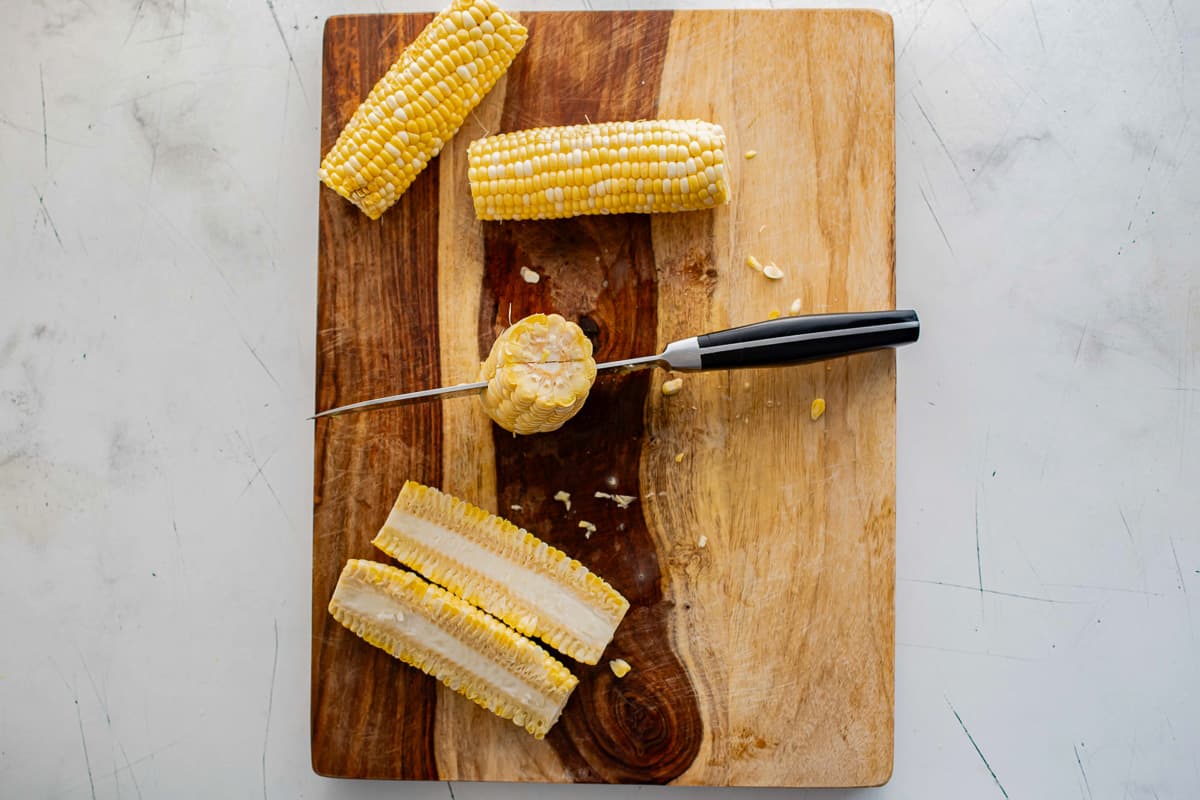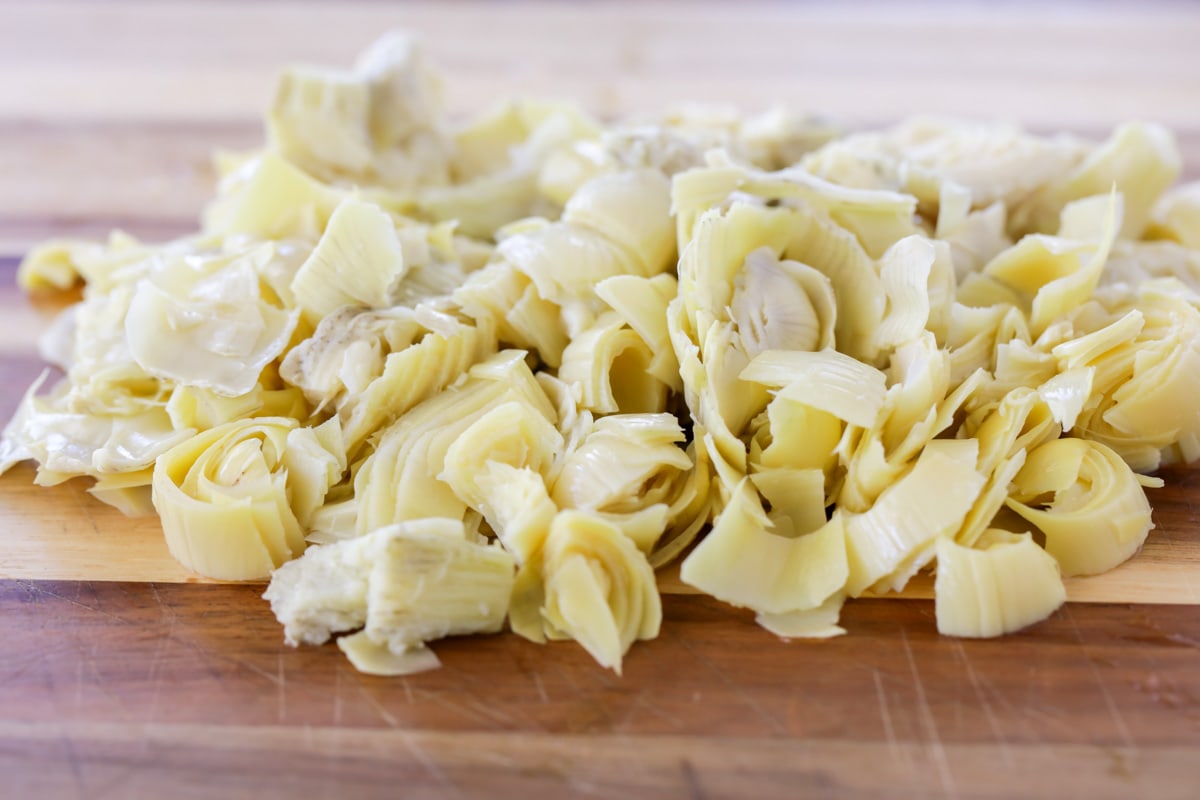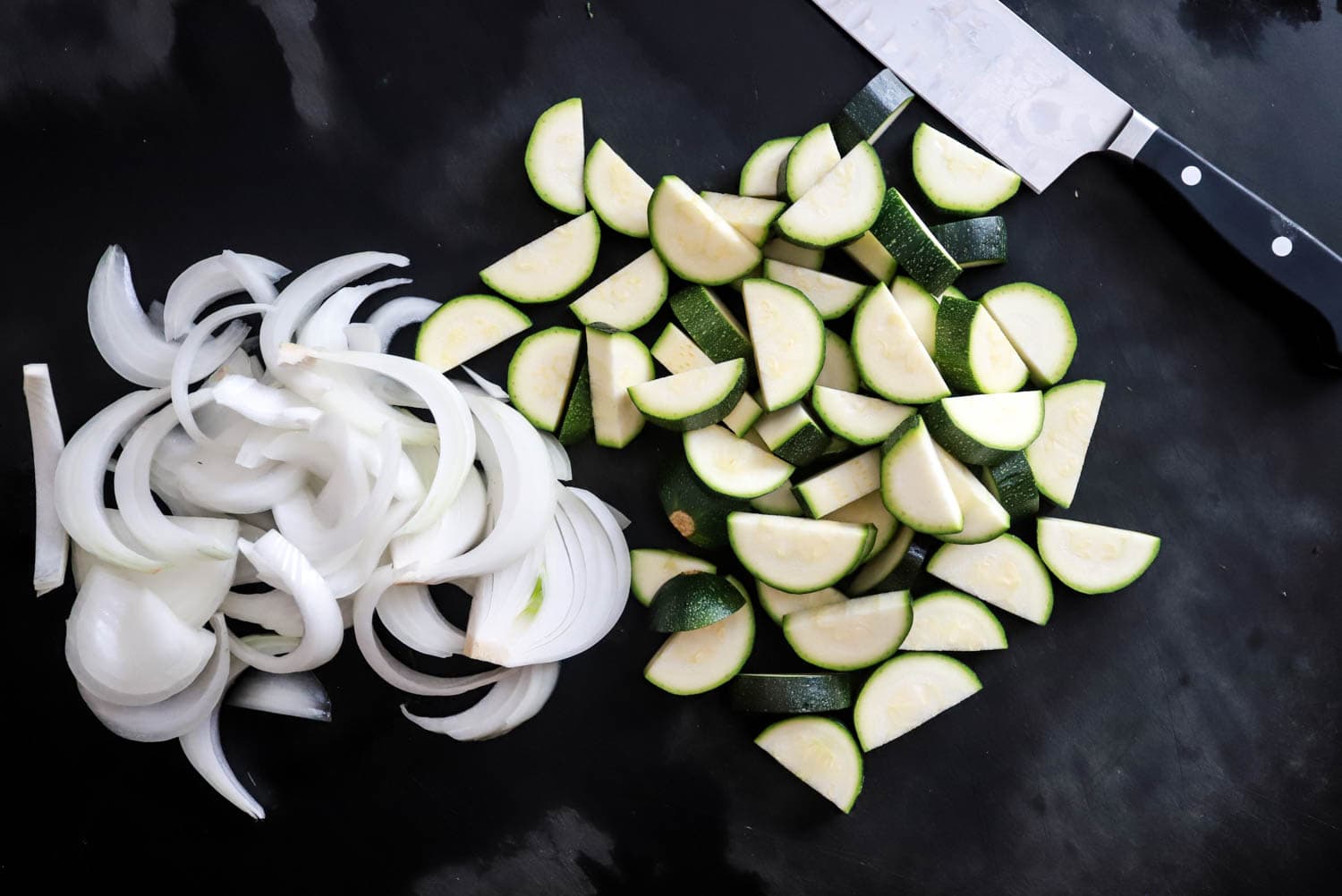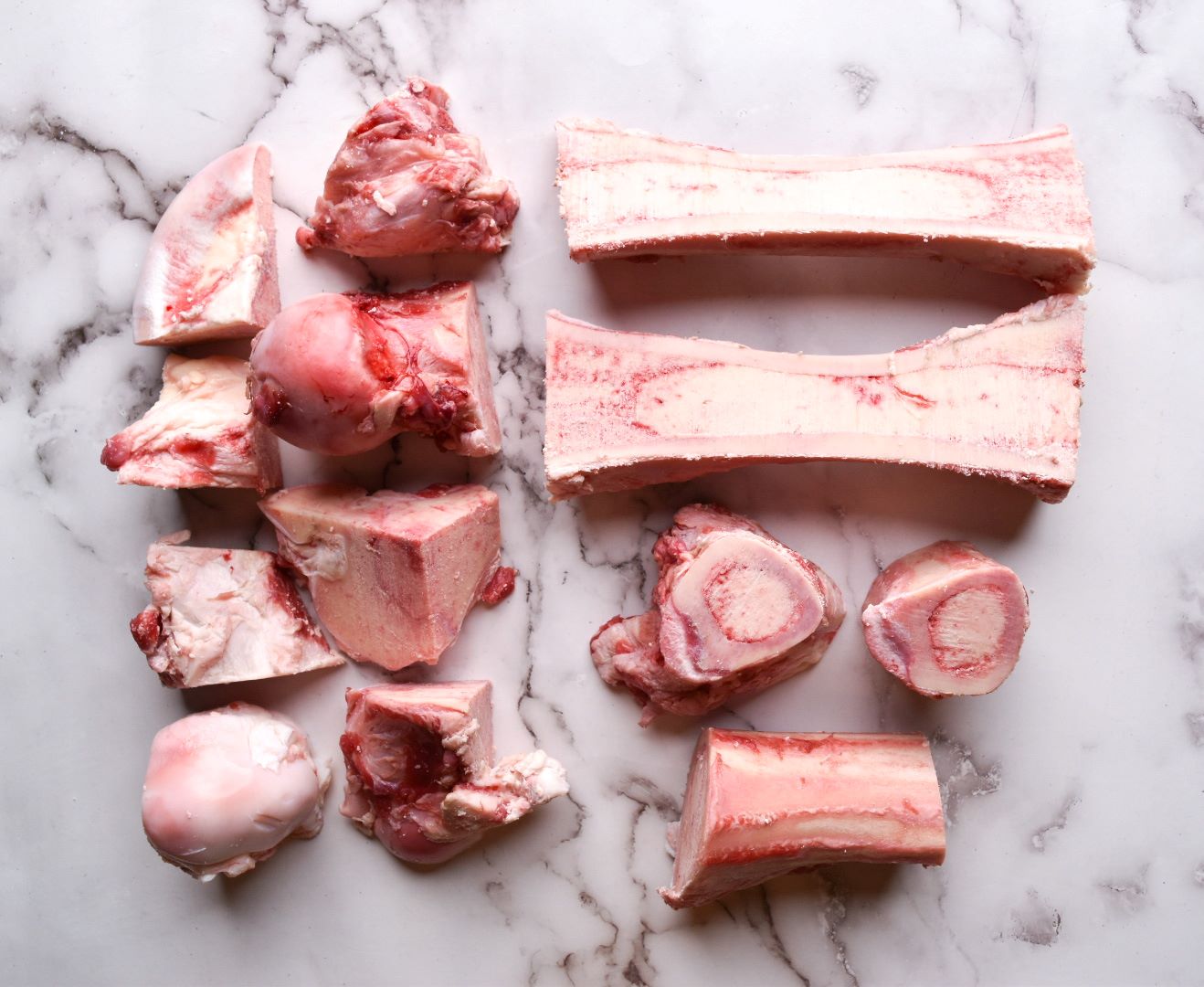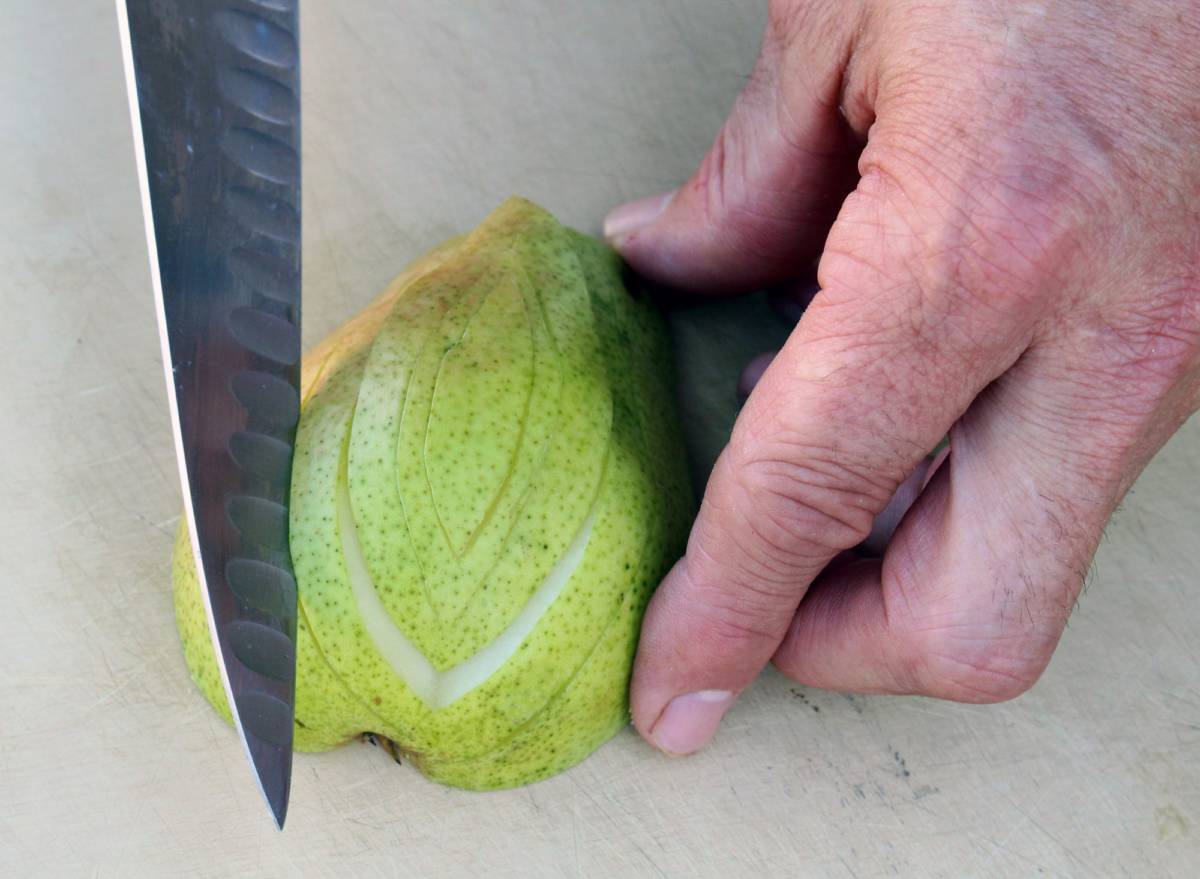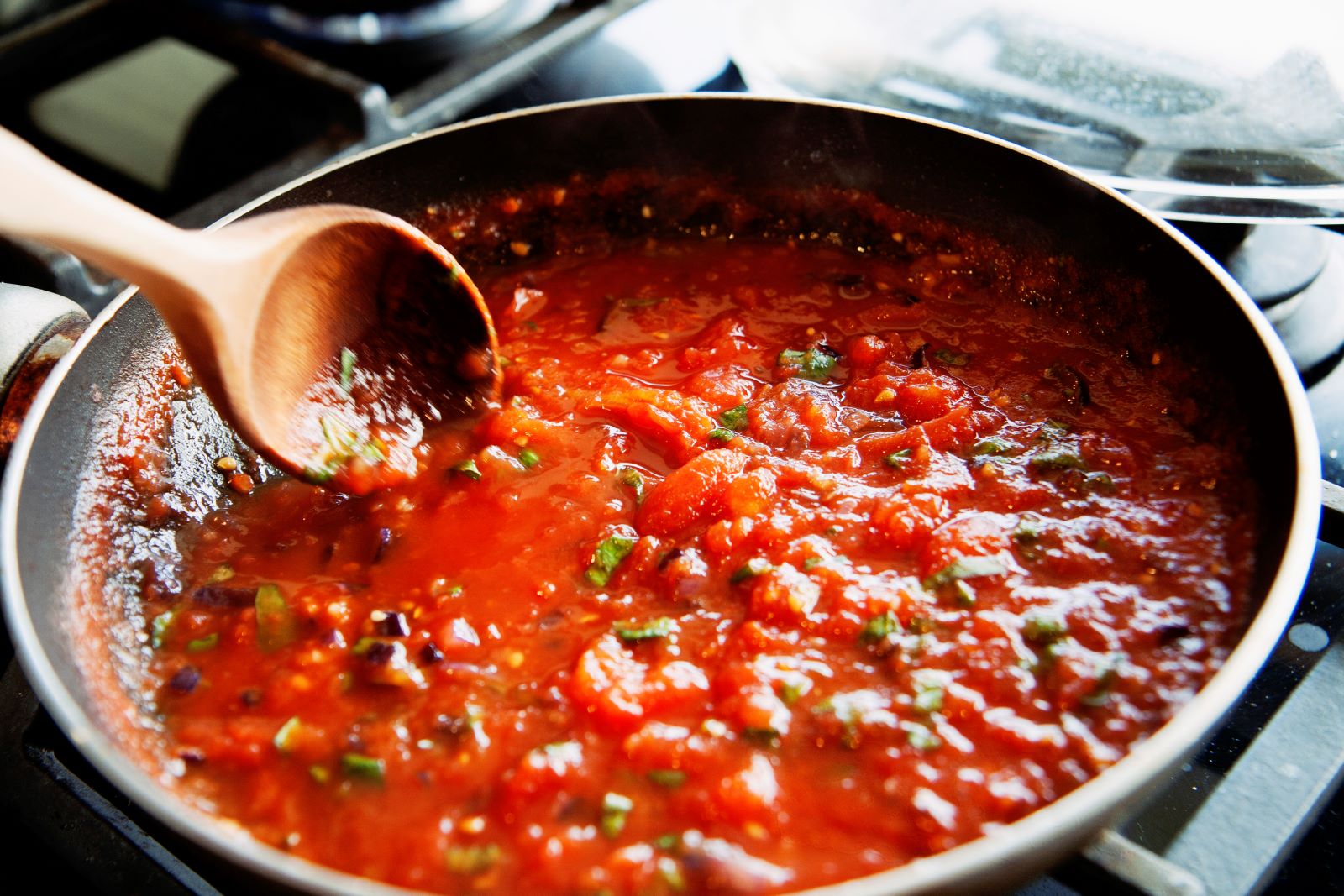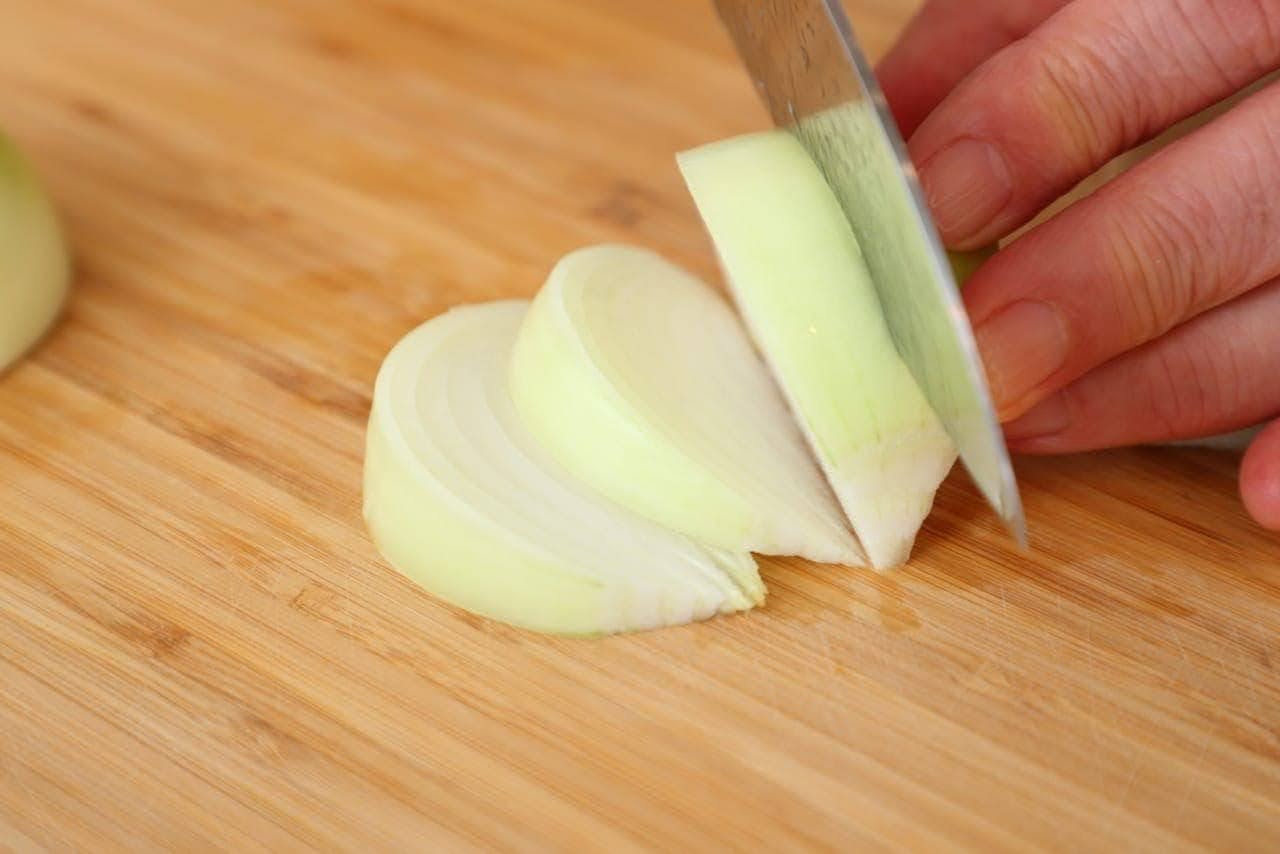How To Cut Beefsteak Tomatoes
If you’re a fan of fresh and juicy tomatoes, then the beefsteak variety is a must-try. These large and flavorful tomatoes are perfect for sandwiches, salads, and all sorts of delicious recipes. However, their size can make them a bit tricky to cut. So, if you’re wondering how to cut beefsteak tomatoes properly, we’ve got you covered.
Follow these simple steps to slice and dice your beefsteak tomatoes like a pro:
- Choose the right knife: The key to cutting beefsteak tomatoes is using a sharp and serrated knife. This will allow you to make clean and precise cuts without squishing the tomato.
- Wash and dry the tomato: Before you start cutting, rinse the tomato under cold water and pat it dry with a paper towel. This will remove any dirt or debris and make it easier to handle.
- Remove the stem: Using a sharp knife, carefully cut around the stem at a slight angle to remove it. This will create a flat surface to work with.
- Decide on the thickness: Depending on your recipe or preference, you can choose to cut the beefsteak tomatoes into thick slices or thin wedges. The choice is yours!
- Slice with caution: Place the tomato on its flat side and hold it firmly with one hand. With the other hand, carefully slice through the tomato using a gentle sawing motion. Take your time to ensure even and consistent slices.
- Dice if desired: If you need diced tomatoes for your recipe, follow the same steps as above to create slices. Then, stack the slices together and cut them into small cubes.
Now that you know how to cut beefsteak tomatoes, the possibilities are endless! Whether you’re adding them to a Caprese salad, making a delicious BLT sandwich, or simply enjoying them on their own, these vibrant and succulent tomatoes will elevate your culinary creations.
Remember, the key to cutting beefsteak tomatoes is having the right knife and taking your time to make clean and precise cuts. So sharpen your knife, follow these steps, and get ready to enjoy the juicy goodness of beefsteak tomatoes in all your favorite dishes!
Using the skill and guide from the article, readers can delve into a variety of delicious recipes. For a refreshing and light option, they might try the Tomato Basil Bruschetta, which showcases the natural flavor of beefsteak tomatoes. The Tomato and Cucumber Salad offers a crisp and simple side dish perfect for any meal. For those who love hearty sandwiches, the Classic BLT Sandwich is a must-try, featuring juicy slices of beefsteak tomatoes. Another delightful choice is the Caprese Salad, combining fresh mozzarella, basil, and tomatoes for a vibrant dish. Lastly, the Beefsteak Tomato and Mozzarella Salad provides a savory and satisfying experience, highlighting the creamy texture of mozzarella with the robust flavor of beefsteak tomatoes.
Was this page helpful?
Read Next: How To Cut Turkey Chops
